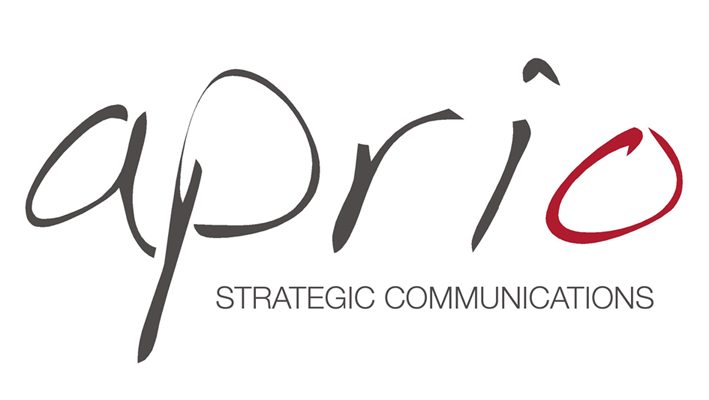Public relations professionals have spent lots of time debating whether journalists make the best PR people.
It used to be that ex-journos were hired in narrow roles based on skills or pedigree. At a large agency where I once worked, they were invited to the big pitch to weigh in on story potential, drop names, and wow the prospect.
Others were installed in editorial spots where they could wield a blue pencil but otherwise stay out of the fray.
Recently, the conversation has shifted to something that professional communicators are doing more often—brand journalism. Though the term is somewhat controversial, its practice—corporate storytelling through compelling and relevant content—is not contentious.
So, is there anything new here?
It comes down to a matter of approach and commitment. In the past, we were identifying and telling client stories, but the typical PR approach lacked a true journalistic sensibility. A press release is not a story.
Today, with the influx of traditional journalists into the profession and the rise of digital and social media, the emphasis is more on getting it right. And without question, someone with experience spotting news, shaping a story, and writing against hellish deadlines has the requisite skills.
Here are some guidelines for better storytelling for all communicators.
Is it a good story? Obvious, yes. But how often have we been pressed into putting out irrelevant, underwhelming, or overly commercial content? As storytellers, we need to help clients understand the need for higher-quality content that’s designed to build a brand over the long term, not generate a “quick hit.”
Does it offer real expertise? Good content must be credible, and credibility rests upon expertise. The good news is that most companies do have legitimate, deep, and relevant expertise to offer. Where they don’t, it must be “borrowed” from third parties. Telling people what they already know doesn’t get us anywhere.
Show, don’t just tell. Corporate values and philosophies are terrific for internal consumption, but many companies tend to get too caught up in message delivery without the real-life examples that make all the difference. The classic novelist’s rule to “show, don’t tell” is a useful mantra here.
Is it high quality? Well-written copy and well-produced (but not necessarily polished) video content are absolutely critical to good storytelling. Empty words, bloated corporate-speak, and padded narratives are not.
Does it inspire action or change? Truly compelling content should leave the reader with a changed or broadened perspective, or with a clearer idea of action that should be taken. Change should be a goal for every narrative.
I’ve often said that in the ideal world, every PR person would spend a year as a journalist to strengthen skills and deepen our perspective. Maybe now, we will.
Dorothy Crenshaw is CEO and creative director of Crenshaw Communications. She has been named one of the public relations industry’s 100 Most Powerful Women by PR Week. A version of this story first appeared on her blog.

No comments:
Post a Comment